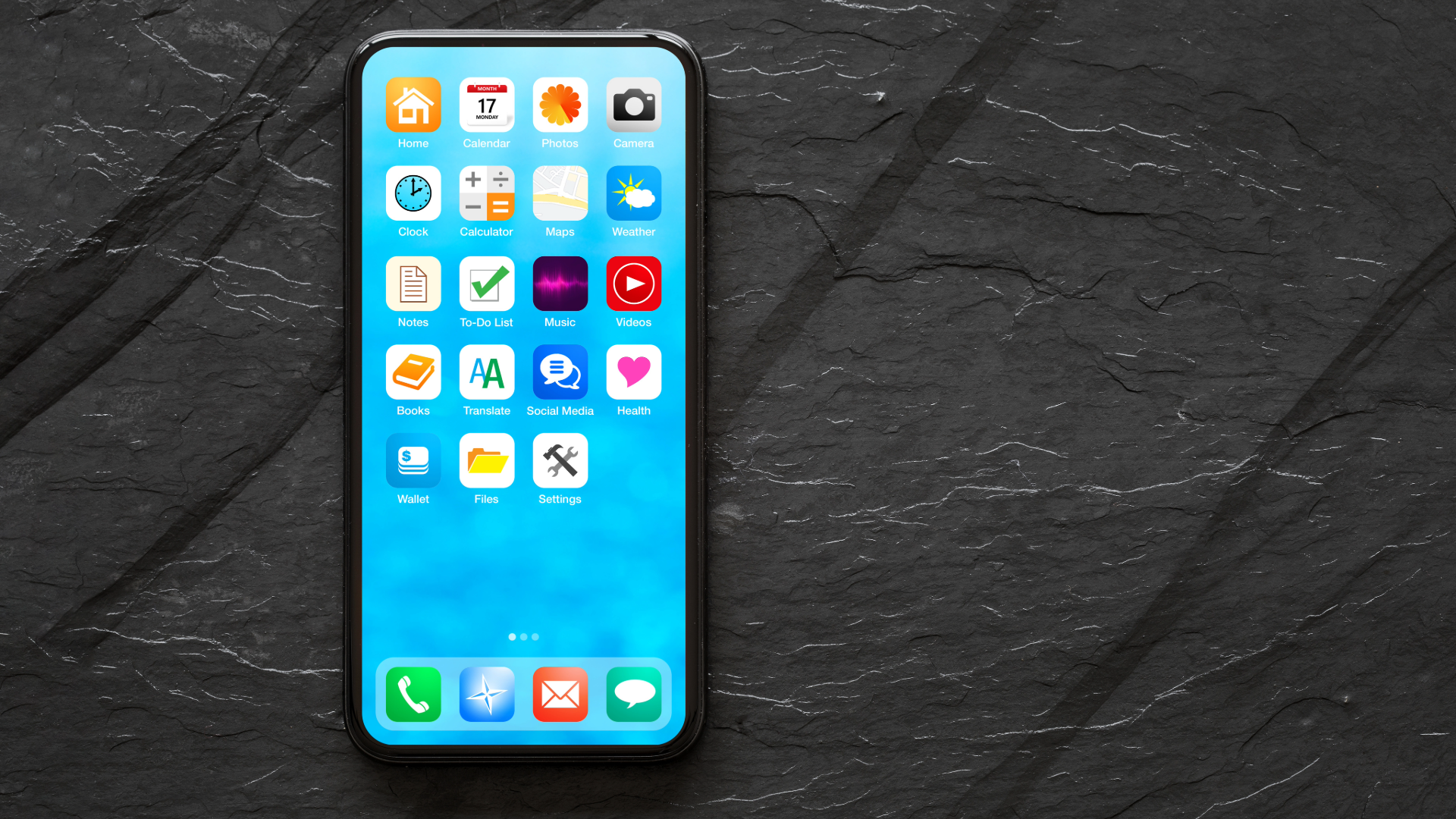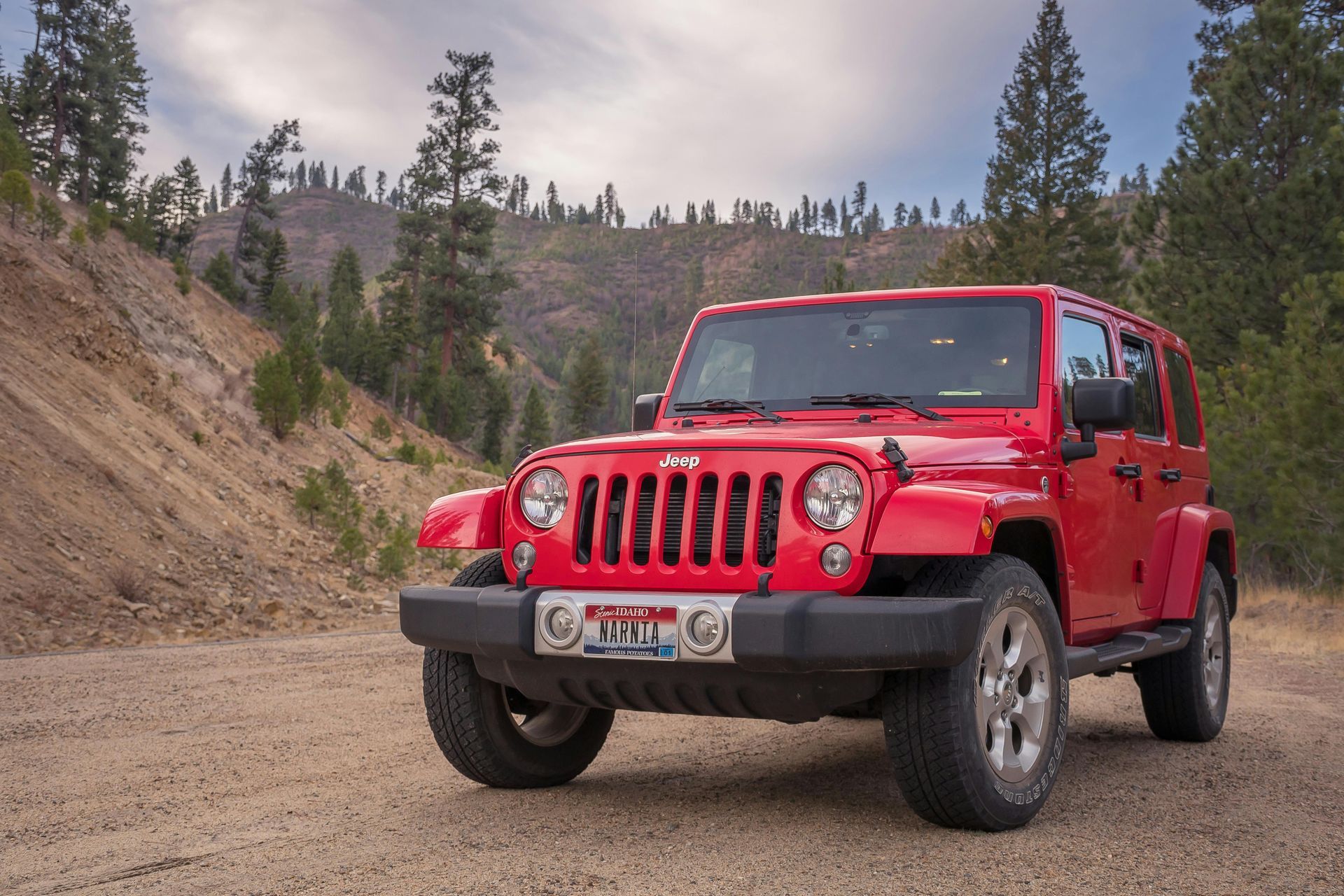How Are Deer Claims Covered?
Deer claims - comprehensive or collision?

Understanding Insurance Claims: What Type of Claim is a Deer Hit?
Hitting a deer while driving is a common occurrence in many areas, particularly during deer migration and mating seasons in the fall and spring. While such accidents can be distressing, it’s important to know how they are handled in terms of insurance claims. This blog post will explore what type of insurance claim a deer hit falls under, what it covers, and how to handle the situation if it happens to you.
What Type of Insurance Covers a Deer Hit?
A collision with a deer is typically covered under comprehensive insurance rather than collision insurance. Understanding the distinction between these types of coverage is crucial:
Comprehensive Insurance
Coverage Scope: Comprehensive insurance covers damage to your vehicle that is not the result of a collision with another vehicle. This includes incidents such as theft, vandalism, natural disasters, falling objects, and animal strikes.
Deer Hits: Since hitting a deer is considered an accident with an animal and not a traditional collision with another vehicle or object, it falls under comprehensive coverage.
Deductibles: When filing a comprehensive claim, you will likely need to pay a deductible before the insurance company covers the remaining repair costs. The amount varies based on your policy.
Collision Insurance
Coverage Scope: Collision insurance covers damage to your vehicle resulting from a collision with another vehicle or object, regardless of fault. This includes accidents with stationary objects like trees or guardrails.
Exclusions: Animal strikes, such as hitting a deer, are not covered under collision insurance.
What Does Comprehensive Insurance Cover in a Deer Hit?
When you file a comprehensive claim for a deer hit, the coverage typically includes:
Vehicle Repairs: Costs associated with repairing the damage to your vehicle caused by the collision with the deer.
Total Loss: If the cost of repairs exceeds the vehicle's value, the insurer may declare it a total loss and pay out the actual cash value of the vehicle, minus the deductible.
Rental Car: Some policies may cover the cost of a rental car while your vehicle is being repaired.
Steps to Take After Hitting a Deer
If you find yourself in an unfortunate encounter with a deer, follow these steps to ensure your safety and facilitate the insurance claim process:
1. Ensure Safety: Pull over to a safe location, turn on your hazard lights, and check for injuries to yourself or passengers. Avoid approaching the deer, as it may be injured and dangerous.
2. Document the Incident: Take photos of the scene, including damage to your vehicle and the location of the accident. This documentation can be helpful when filing an insurance claim.
3. Report the Accident: Contact local law enforcement to report the incident, especially if the deer is blocking the roadway or if there are significant damages. An official report can be useful for your insurance claim.
4. Contact Your Insurance Company: Notify your insurer as soon as possible to report the accident and begin the claims process. Provide them with all necessary information and documentation.
5. Seek Vehicle Repairs: Once your claim is approved, you can arrange for repairs at an authorized repair shop. Your insurance company may recommend specific shops, but you are typically free to choose your own.
Conclusion
Hitting a deer is an unfortunate and often unavoidable event for many drivers, especially in rural areas. Understanding that a deer hit is covered under comprehensive insurance and not collision insurance can help you navigate the claims process more effectively. By knowing what steps to take after such an incident and having the right coverage, you can minimize stress and financial impact. Always review your insurance policy to ensure you have comprehensive coverage, providing peace of mind for any unexpected encounters on the road.
Recent posts



